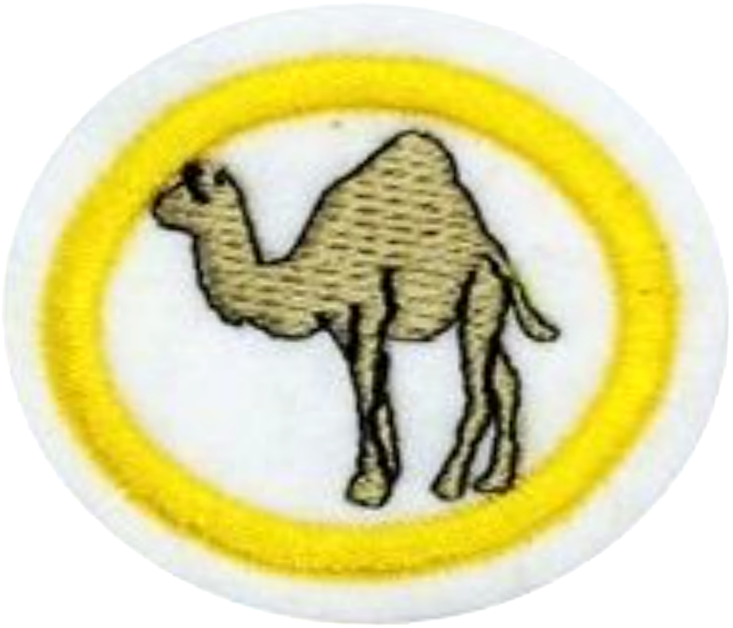Especialidades JA/Camelos/Respostas
1
Bactrian
- two hump
- Cold climates Much more northern climate than the dromedary including the Siberian steppe and the cold, arid deserts of Central and Eastern Asia. In the winter, temperatures in their native habitat can drop as low as –29° Celsius (–20° F).
- long, shaggy coat that helps protect them in the cold winter months. They shed their long fur in the summer, when they are faced with high temperatures
- typically dark brown to beige in coloring,
- wide feet that facilitate walking across snow and sand, but their feet are tougher and can stand up to their more rocky environment
- one or two babies (although one is much more common) and continue nursing them for up to a year and a half. The young aren’t completely independent until they’re five years old, thought they can bear young of their own between three and five years.
- Much rarer, severely threatened in the wild
The domesticated Bactrian camel has served as a pack animal in inner Asia since ancient times. With its tolerance for cold, drought, and high altitudes, it enabled travel such as the caravans of the Silk Road.The wild form has dwindled with limited remaining populations. ts range in the wild is restricted to remote regions of the Gobi and Taklamakan Deserts of Mongolia and China, migrating from the desert to rivers in Siberia during winter. A small number of wild Bactrian camels still roam the Mangystau Province of southwest Kazakhstan and the Kashmir valley in India. There are feral herds of Bactrian camels in Australia.
The two types are sometimes bred together, producing an even bigger, stronger camel useful for plowing and other work. Camel wrestling (a sport where male camels are exposed to an in heat female and then allowed to fight each other) almost exclusively uses cross bred camels.
Recent research suggests that wild camels may be another species, possessing a different number of chromosomes.
2
2a
2b
2c
2d
3
3a
3b
3c
3d
4
The domesticated alpaca and llama are not endangered. They have been exported to many countries in the world and in the US and Canada at least, supply exceeds demand.
5
6
There are about 59 total verses that reference camel(s), camel hair and a camel saddle in the Bible. Here are all of them grouped chronologically:
Jacob acquired camels Genesis 30:43 and used them for riding and as pack animals Genesis 31:17 and Genesis 32:7
United Kingdom




